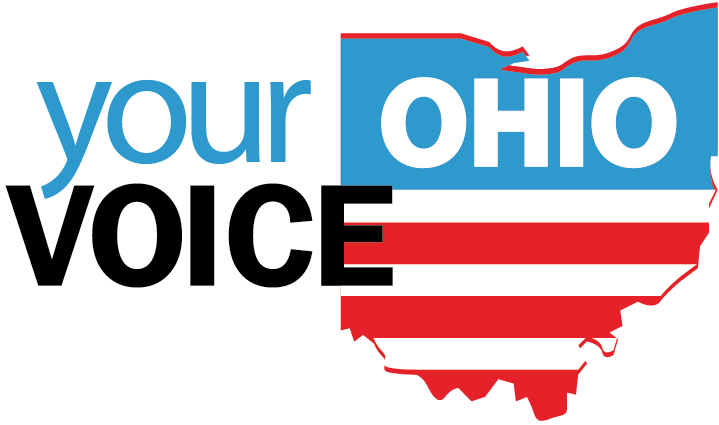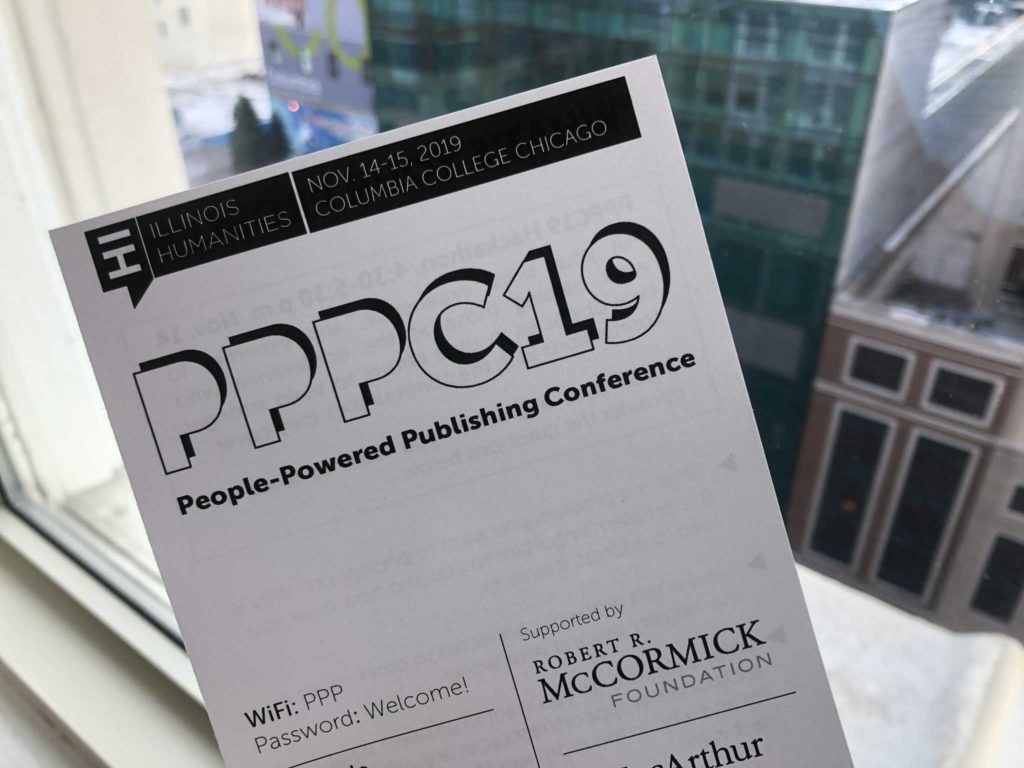Last week we attended the People-Powered Publishing Conference at Columbia College Chicago. The overarching theme of the conference was tackling culture change in the newsroom, and how to build and protect a newsroom culture that is focused on what makes coverage essential for our communities amid unpredictable social media trends, shifting corporate priorities, and constant cuts.
What it takes to be a “Community-Engaged” journalist
The conference kicked off with a panelist discussion titled ‘Escalating Engagement to Advance Your Journalism’ which asked, how can we change the culture of our newsrooms to create journalism that can be a fulcrum for trust and a catalyst for civic participation instead of a commodity for consumption?
The panel included David Ryfe, Director of the School of Journalism and Mass Communication at the University of Iowa; Karen Magnuson, Former Executive Editor of Democrat & Chronicle; Terry Parris Jr., Engagement Director at The City; and Margaret Wolf Freivogel, founder of the St. Louis Beacon.
The panelists expressed that the answer to this question lies in engaging with the communities you serve. They each defined what it means to them to be a community-engaged journalist, the underlying theme being long-term involvement and commitment, and making a greater effort to listen to your community for understanding versus a sound bite.
“Journalism has been disrupted”, as noted by Ryfe, in the past decade and a half, leading to, among other changes, an increase in citizen journalists and journalism-adjacent institutions trying to fill a gap. As noted by Freivogel, “the culture of journalism is not just for journalists anymore.”
Resoundingly, they seem to believe the traditional ways of doing journalism have to change if newspapers are to survive. They discussed the transforming role of journalism from an institution that distantly and “objectively” informs on or covers a community, to a world where journalists serve as meaningful resources to build community and play a part in the solution to the challenges people face – a sentiment that echoed over the course of the two-day conference.
Narrative change & representative coverage
Within the theme of culture change in newsrooms, the conference also had several sessions that focused on creating more representative coverage through narrative change and creating more systematically aware reporting.
In a session led by Aubrey Nagle, Project Editor of Reframe, a project of Resolve Philadelphia, which aims to “help journalists improve the accuracy and authenticity of their coverage of mis- and under-represented communities,” Nagle describes the tools they are developing for newsrooms to have more human-centered language in their coverage; and also provides some key recommendations for participants to take back to their newsroom.
These recommendations include: “centralizing personhood” when describing individuals and communities, and not just defining people by current circumstances; using terms like “experiencing homelessness” instead of “homeless person”, using “formerly incarcerated” instead of “ex-con”, and “undocumented” instead of “illegal”. In the session, Nagle notes “journalists should use their words to heal, not harm.” The other recommendations include practices around police jargon and euphemisms; warning that a passive voice when reporting on crimes can at times obscure or downplay what actually occurred, and said “just quoting a police report isn’t good enough,” media still has to investigate and not just take the word of police.
Later, in a series of sessions led by Venise Wagner, co-author of “Reporting Inequality: Tools and Methods for Covering Race and Ethnicity”; Alden Loury, Senior Editor of the Class, Race and Communities at WBEZ; and Fernado Diaz, Publisher at Chicago Reporter, discussed how journalists can investigate the unequal, racialized outcomes often hidden from view. The session broke out into several groups where we discussed how to use the upstream/downstream model from the “Reporting Inequality” tool to find various entry points to stories that expose the roots of structural inequity.





